
Sweet peas (Lathyrus odoratus) are annual, cool-season climbing vines that can reach up to 6 feet in height. They are adored for their deliciously fragrant, fluttery blooms that after centuries of breeding are available in a wide range of forms and colors, including ones that are bicolored, streaked, and picoted. Sweet peas were first brought to the world’s attention in the late 1600s by Sicilian monk and gardener Francisco Cupani. The fascination with these gorgeously scented blooms continues to this day, with modern developments bringing greater disease resistance, longer bloom times, increased adaptability, and more colors, sizes, and forms to happy gardeners worldwide. Easy to grow and as lovely in the garden as they are in the vase, sweet pea starts can be found from late fall to early spring in our region at your favorite local nursery, with seeds available online and in all the best garden centers year-round. My favorite seed sources include Renee’s Garden Seeds (an excellent source for heirlooms such as the exquisitely fragrant ‘Cupani’s Original’), and Johnny’s Selected Seeds, where many of the most up-to-date and spectacular introductions can be found.
 |
 |
 |
| Some gorgeous cultivars that have worked well for me in the past include ‘Zinfandel’ (left), ‘Cupani’s Original’ (center), and ‘Blue Celeste’ (right). Photos: courtesy of reneesgarden.com |
Favorite cultivars
In order of preference, based on last year’s garden and vase performance, here are my current stunning favorites: ‘Old Times’, ‘Zinfandel’, ‘Elegance Pink Diana’, ‘Pulsar’, and ‘Blue Celeste’—all tall, high-yielding, vigorous growers that produce armloads of ruffled, long-stemmed, colorful blooms over a long period. These varieties are guaranteed to stop you in your tracks when in full bloom and to create spectacular, extraordinarily fragrant bouquets when cut and brought indoors. Honorable mentions include the heirlooms ‘Cupani’s Original’, ‘Miss Wilmott’, and ‘America’. Additionally, the ‘Color Palette Cupid’ mix from Renee’s Garden is perfect for hanging baskets and window boxes.
When to plant
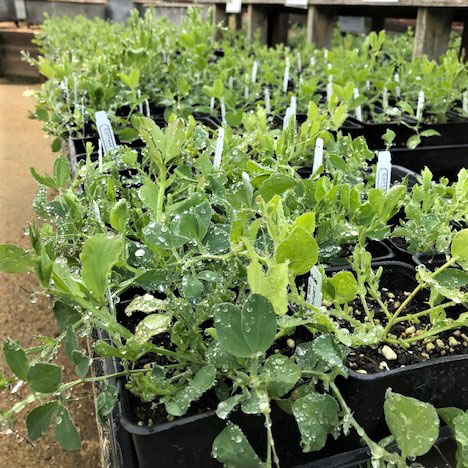
Sweet peas flower most profusely and with better-quality blooms when planted early enough to ensure that most of their prebloom growth occurs during the cool weather of fall, winter, and early spring. In Northern California, this ideal time—guaranteeing the most outstanding, blossom-filled results—is from late September through October if you are seeding your sweet peas directly in the garden. If you are purchasing young sweet pea plants from your local nursery, this period extends all the way through mid-March. Note: Don’t be concerned about winter temperatures; sweet peas are frost-tolerant and need no frost protection.
Growing conditions
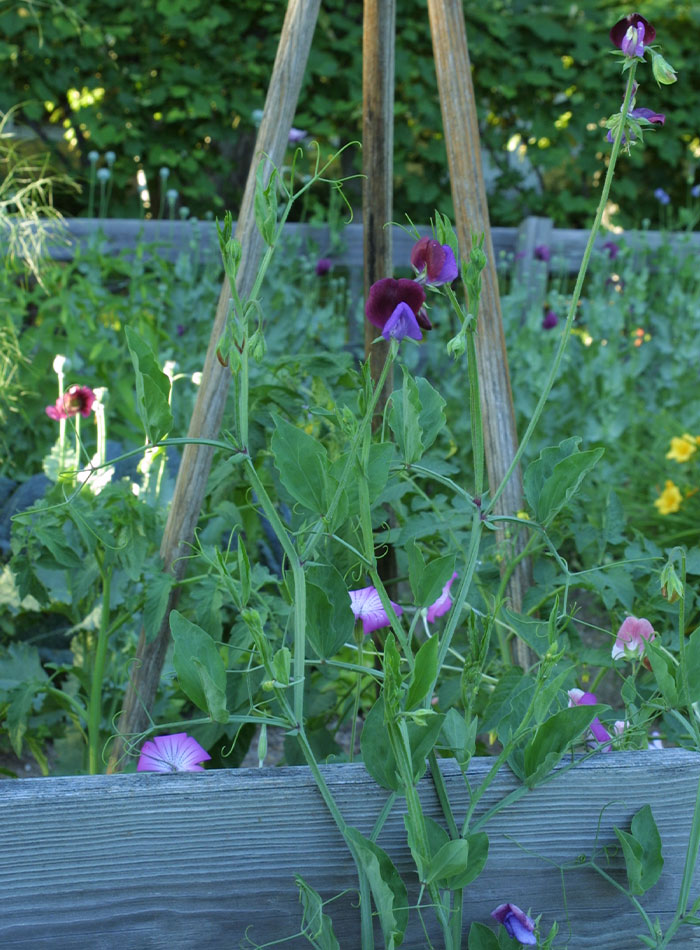
Sweet peas flourish best in full sun but can tolerate some afternoon shade and actually perform better with shelter in the hotter NorCal areas as the season progresses. Apart from dwarf varieties best suited for hanging baskets or window boxes, sweet peas need vertical support in the form of a trellis, arbor, fence, or obelisk that accommodates their tendril-based climbing habit. For best results, plant in well-cultivated, well-drained soil, enriched with compost and E. B. Stone Organics Sure Start. Fall and winter rains should take care of your sweet peas’ initial watering needs, but be ready to irrigate regularly as soon as it’s necessary. To support their vigorous growth habit and encourage abundant bloom production, feed your sweet peas regularly with a well-balanced fertilizer. If you notice your plants beginning to produce shorter stems than they did before (which is natural when they’ve been producing for some time), side-dress your plants with a little blood meal, and water it in well. This helps ensure a return to long-stemmed bloom production.
Pests and problems
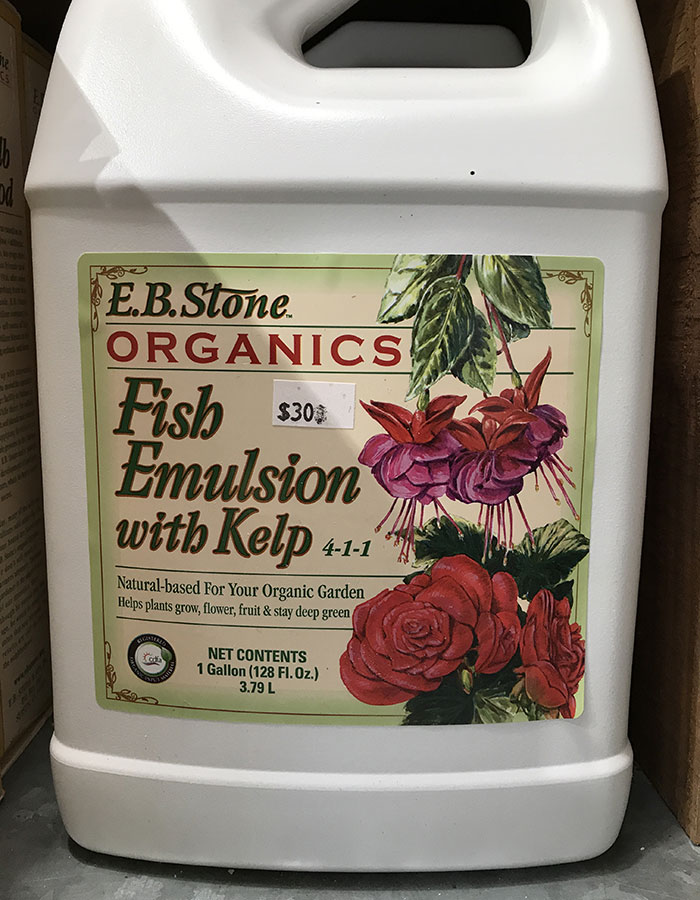
Slugs and snails can damage emerging seedlings, so be ready with your favorite slug and snail remedy. Additionally, birds love to nibble on the young, tender foliage, so have bird netting in place if necessary. As the plants get taller, these dangers diminish, but aphids and thrips can become an issue. Monitor your plants, avoid pesticides, and wash any offenders off with a jet of water. Foliar feeding with a weak manure tea or dilute solution of fish emulsion will make the leaves distasteful to pests while stimulating plant growth. Space your plants 6 to 8 inches apart to avoid problems with mildew and promote good air circulation.
Bloom period
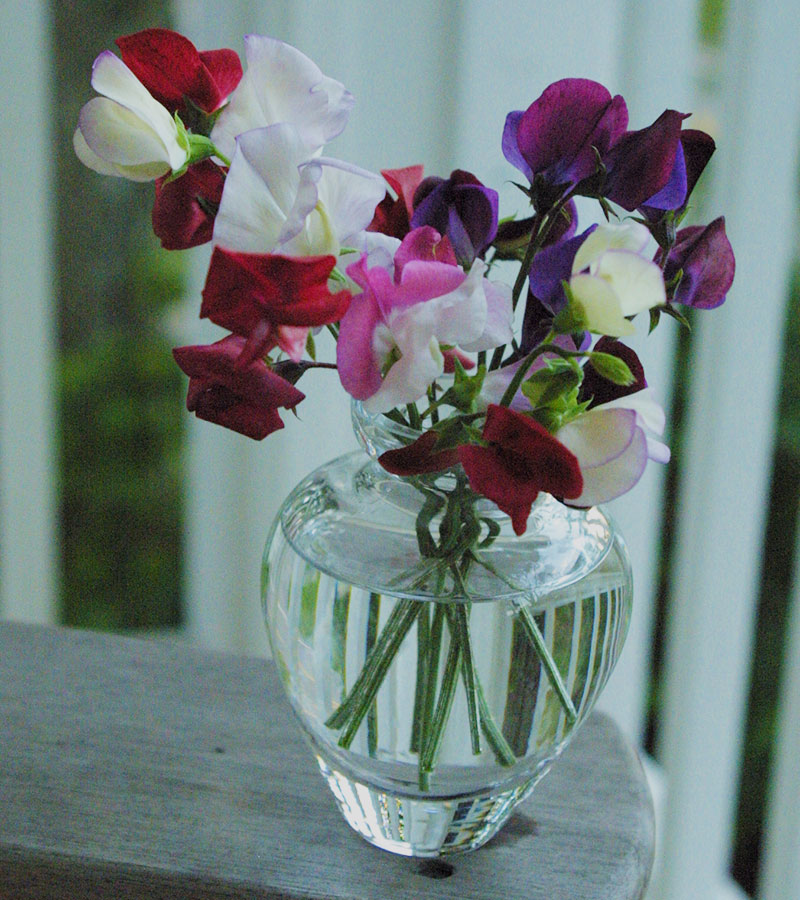
The earlier you plant your sweet peas, the earlier the show begins! If planted in September or October, you should expect the first long-stemmed, fragrant, fluttery blooms to appear as early as March. Planting later means a later start to the bloom period, but no matter when you plant, the more sweet peas you harvest, the more your plants will bloom, producing bouquet after bouquet all the way to July in our region. Just keep on cutting and filling your vases, and be sure to remove any seedpods that result if you leave blooms on your vines to decorate your outdoor space.
—Fionuala Campion is the owner and manager of Cottage Gardens of Petaluma in Petaluma, California.





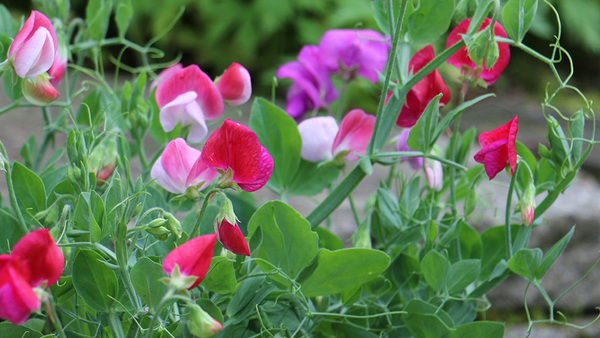












Comments
Log in or create an account to post a comment.
Sign up Log in